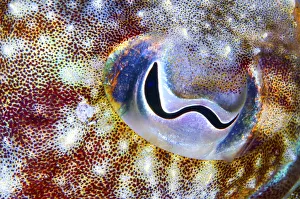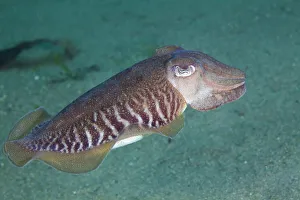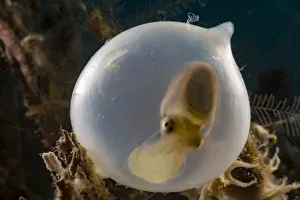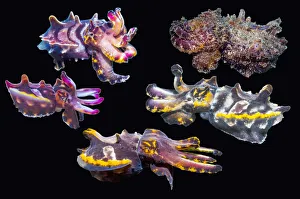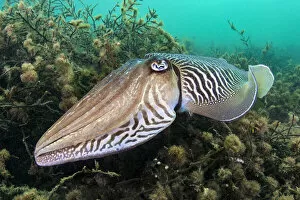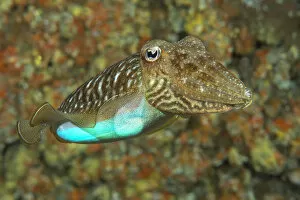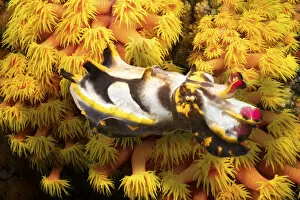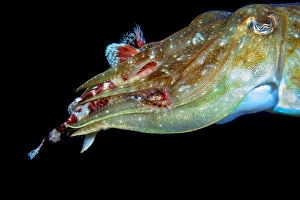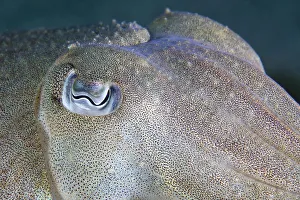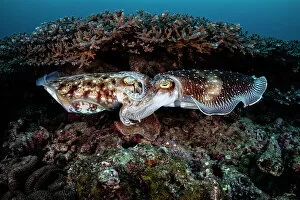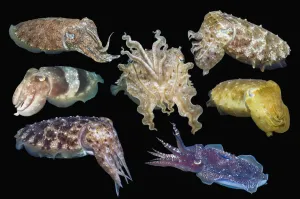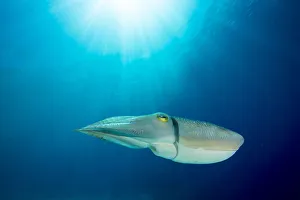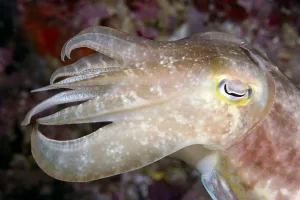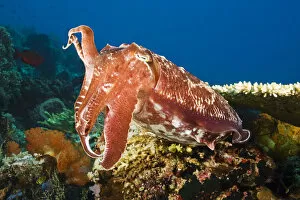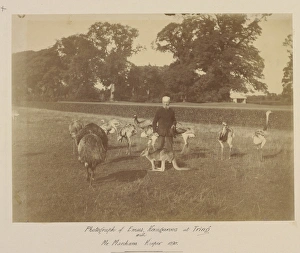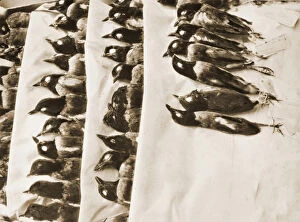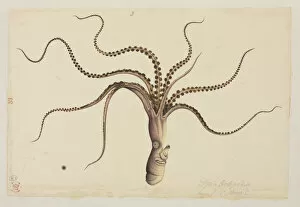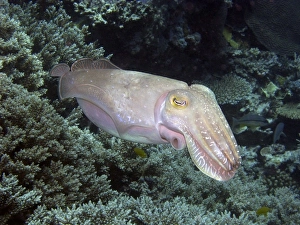Sepiidae Collection
Sepiidae, also known as cuttlefish, are fascinating creatures that inhabit the depths of our oceans
All Professionally Made to Order for Quick Shipping
Sepiidae, also known as cuttlefish, are fascinating creatures that inhabit the depths of our oceans. One such species is Sepia elegans, a squid-like creature with mesmerizing colors and patterns. Another member of this family is the Cuttlefish (Sepia officinalis), which has a close-up of its eye captured in stunning detail in Tenerife, Canary Islands. In the Philippines, we can witness the beauty of nature as the Broadclub cuttlefish (Sepia latimanus) rests inside its translucent egg casing on the reef. The Pfeffers flamboyant cuttlefish (Metasepia pfefferi) showcases its vibrant color variations against a black background in Puerto Galera, Philippines. The Cuttlefish (Sepia officinalis) surprises us by changing its color to a bright blue hue off the coast of Tenerife. Meanwhile, an array of colorful Pfeffers flamboyant cuttlefish (Metasepia pfefferi) captures our attention with their striking appearance. Feeding habits are essential for survival, and we observe a Cuttlefish (Sepia officinalis) preying on Scorpionfish (Scorpaenidae) in Tenerife's waters. In Channel Islands, UK July we encounter both Common cuttlefish (Sepia officinalis), swimming gracefully and showcasing their unique profiles up close. As we delve deeper into understanding these remarkable creatures' history and research pioneers like Dr Karl Jordan (1875-1972), Emma Rothschild (1844-1935), and Walter Rothschild Bird skin collection from 1933 come to light. Their contributions have paved the way for further exploration and knowledge about Sepiidae. From their captivating colors to their intricate behaviors, Sepiidae continue to captivate scientists and enthusiasts alike.


